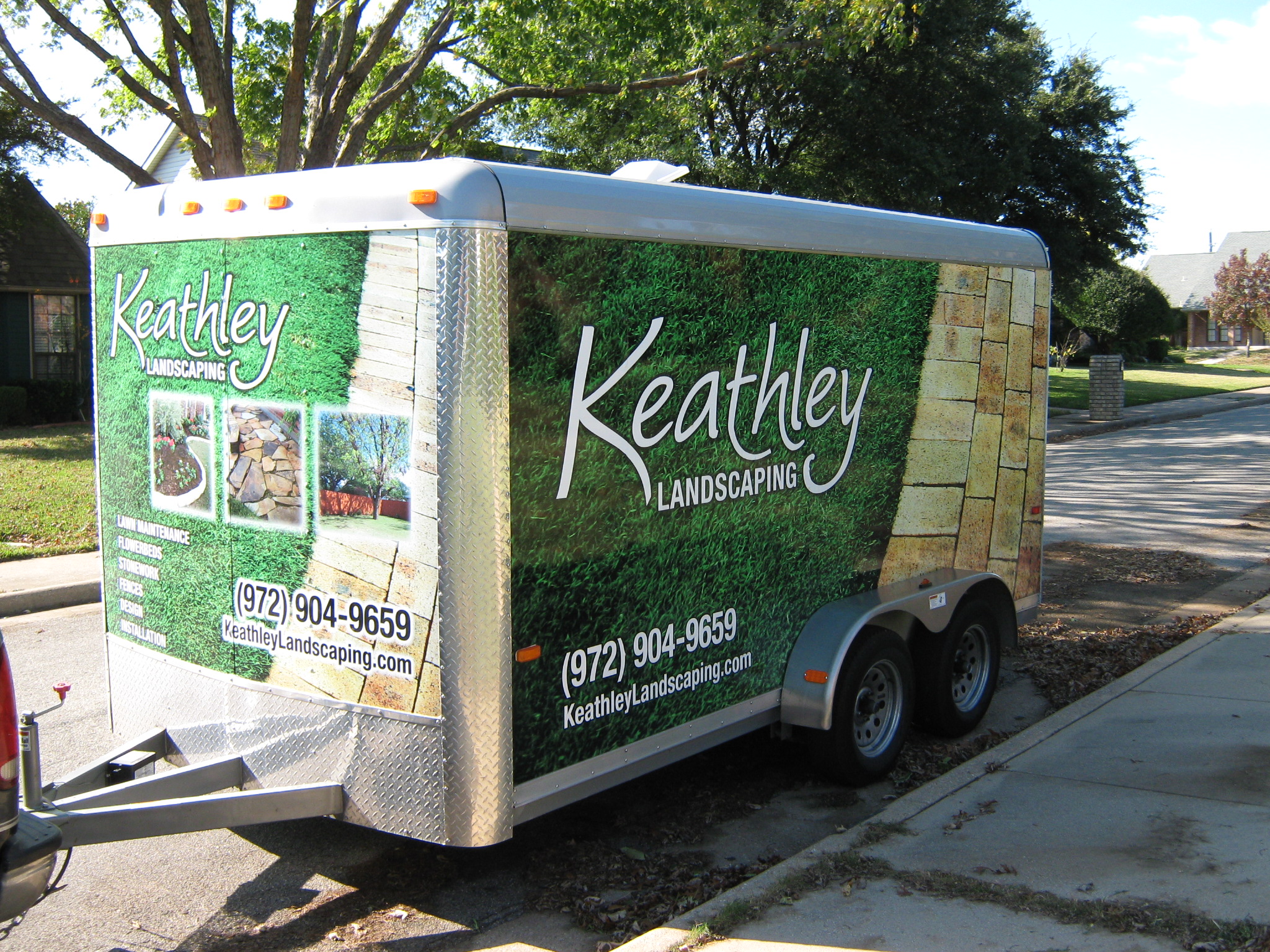Sod Installation: Achieving a Lush Lawn in Shaded Areas 🌳
Creating a vibrant green lawn in shaded areas can feel like a daunting task. Whether it’s under the majestic canopy of a tree or beside a tall structure, many homeowners struggle to maintain lush grass in these low-light zones. Fear not! With the right sod and some handy tips, you can transform those shadowy spots into lush, inviting spaces. Let’s dive into the art of sod installation for shaded areas and unlock the secrets to success! 🌿
Table of Contents
1. Understanding Shaded Areas
2. Choosing the Right Sod
3. Preparing the Soil
4. Installing Sod in Shaded Areas
5. Maintaining Your Lush Lawn
6. Frequently Asked Questions
Understanding Shaded Areas 🌥️
Before diving into sod installation, it’s crucial to understand the degree of shade in your area. Is it full shade, partial shade, or light shade? Each has different light requirements and influences your choice of grass. Full shade means less than 2 hours of direct sunlight, partial receives 2-4 hours, and light shade gets about 4-6 hours daily. Recognizing the type of shade will guide your sod selection process.
Choosing the Right Sod 🌱
Selecting the right sod is the cornerstone of a successful shaded lawn. Here are some popular options:
1. Fine Fescue: Known for its shade tolerance, fine fescue thrives in cool, shaded environments. It’s a low-maintenance option perfect for full to partial shade.
2. St. Augustine Grass: Ideal for warmer climates, St. Augustine grass can handle partial shade and provides a lush, thick appearance.
3. Zoysia Grass: While it prefers some sunlight, Zoysia can adapt to light shade and is known for its ability to resist traffic and drought.
Preparing the Soil 🏗️
Once you’ve chosen the right sod, preparing the soil is your next task. Good soil preparation is vital for healthy root establishment. Here’s how you can do it:
Test the Soil: Use a soil test kit to ensure your soil has the right pH balance and nutrient levels. Adjust as necessary with lime or fertilizers.
Clear the Area: Remove rocks, debris, and any existing vegetation from the area.
Loosen the Soil: Till the soil to a depth of about 6 inches. This encourages root penetration and improves drainage.
Level the Ground: Use a rake to level the soil, removing any dips or bumps to ensure even sod installation.
Installing Sod in Shaded Areas 🌾
Now comes the exciting part—laying down the sod! Here’s a step-by-step guide:
1. Start Early: Install sod in the early morning or late afternoon to avoid the heat of the day.
2. Lay the First Row: Begin laying sod along a straight edge, such as a driveway or sidewalk. Ensure the edges are snug and avoid gaps.
3. Stagger the Joints: Like laying bricks, stagger the sod pieces to avoid long seams that could dry out.
4. Roll the Sod: Use a lawn roller to press the sod into the soil, ensuring good root contact.
5. Water Thoroughly: Immediately after installation, water the sod deeply to help roots establish.
Maintaining Your Lush Lawn 🌼
Once your sod is installed, proper maintenance is key to keeping it healthy and vibrant:
Watering: Ensure your lawn receives about 1 inch of water per week, adjusting for rainfall. Early morning is the best time to water.
Mowing: Keep your mower blades sharp and avoid cutting more than one-third of the grass height at a time.
Fertilizing: Use a slow-release fertilizer in the spring and fall to provide essential nutrients.
Aeration: Aerate your lawn annually to improve air circulation and nutrient penetration.
Frequently Asked Questions 🤔
1. Can I install sod in shaded areas during any season?
It’s best to install sod in early spring or fall when temperatures are cooler and rainfall is more common, aiding in sod establishment.
2. How long does it take for sod to root in shady areas?
Typically, sod takes about 2-3 weeks to establish roots. However, in shaded areas, it might take a bit longer due to lower sunlight exposure.
3. What if my sod isn’t thriving in the shade?
Check your watering schedule, soil quality, and shade level. You might need to adjust your maintenance routine or consider overseeding with a shade-tolerant grass variety.
4. Do I need special tools to install sod?
Basic gardening tools like a rake, lawn roller, and garden hose are sufficient. A soil test kit is also helpful for preparing the soil.
With these tips and insights, you’re all set to create a lush, green oasis even in the shadiest corners of your yard! Happy gardening! 🌿






































Recent Comments